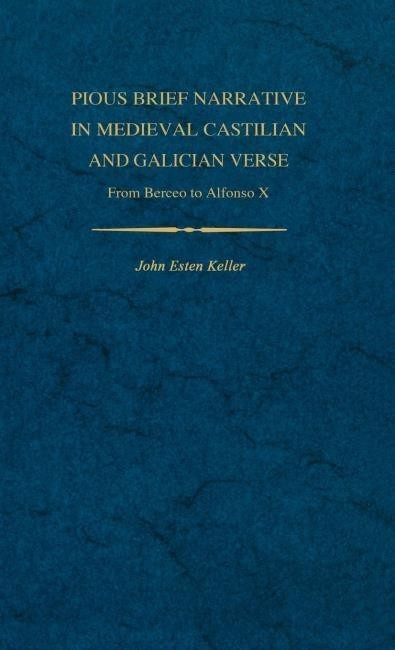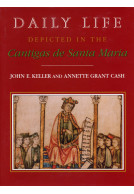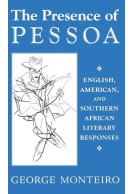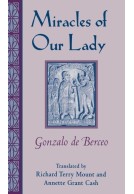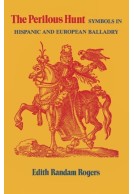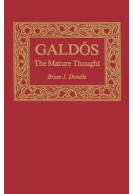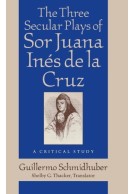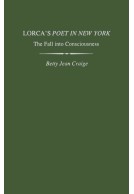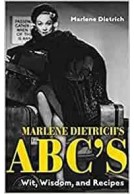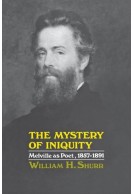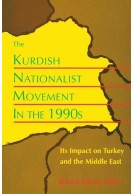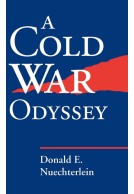Google Books previews are unavailable because you have chosen to turn off third party cookies for enhanced content. Visit our cookies page to review your cookie settings.
Pious Brief Narrative in Medieval Castilian and Galician Verse (Hardback)
From Berceo to Alfonso X
Imprint: University Press of Kentucky
Series: Studies in Romance Languages
Pages: 152
ISBN: 9780813113814
Published: 31st December 1987
Script Academic & Professional
Series: Studies in Romance Languages
Pages: 152
ISBN: 9780813113814
Published: 31st December 1987
Script Academic & Professional
This book will be reprinted and your order will be released in due course.
You'll be £14.00 closer to your next £10.00 credit when you purchase Pious Brief Narrative in Medieval Castilian and Galician Verse. What's this?
+£4.99 UK Delivery or free UK delivery if order is over £40
(click here for international delivery rates)
Need a currency converter? Check XE.com for live rates
(click here for international delivery rates)
Need a currency converter? Check XE.com for live rates
"Brief narratives," or medieval precursors to the modern short story, are compositions couched in the form of a tale of reasonable short length. They began with writings in Latin and, eventually, made their way into the vernacular languages of Europe. They include the fable, the apologue, the exemplum, the saint's life, the miracle, the biography, the adventure tale, the romance, the jest, and the anecdote, among others. In Spain, the oldest extant brief narratives in written form are in verse and date from the late twelfth and early thirteenth centuries. The earliest examples include La vida de Santa Maria Egipciaca and El libre dels tres reys d'Orient. Both are concise enough to be read in one sitting and were probably read before or after meals as entertainment.
In Pious Brief Narrative in Medieval Castilian and Galician Verse, John E. Keller studies the structure of the pious brief narrative, including such works at the Cantigas de Santa Maria of Alfonso X and Gonzalo de Berceo's Milagros de Nuestra Senora, among others. He examines which narrative techniques were employed by their authors, including versification, music, and the pictorial arts as aids to narration. Using nine basic elements -- plot, setting, conflict, characterization, theme, style, effect, point of view, and mood or tone -- Keller shows how writers in medieval Spain employed more sophisticated uses of these techniques than has previously been recognized.
Other titles in the series...
Other titles in University Press of Kentucky...







